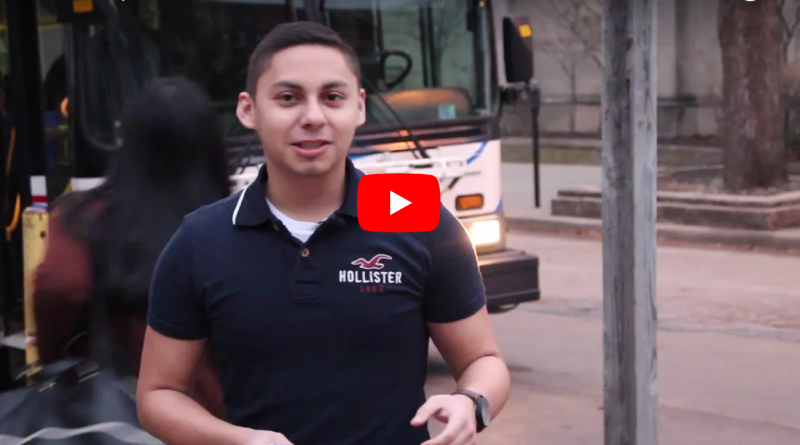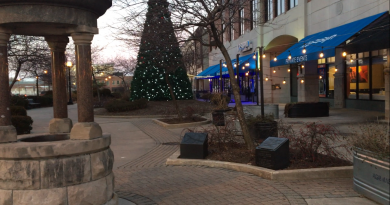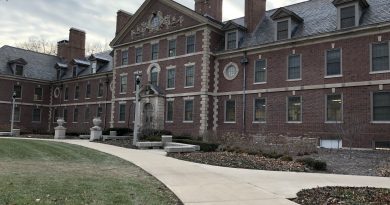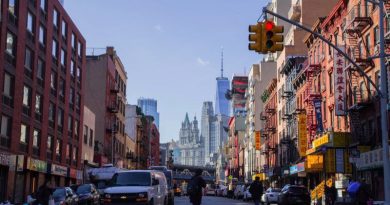Two Wheels for Transportation: The Experience
The University campus is a big, urban jungle. It is one of the biggest campuses in the country, holding over 45,000+ students. Because of its size, the campus is almost always busy. There are buses, pedestrians, cars, and of course, bicycles.
Over 6,000 faculty, staff and students use bicycles, according to the University’s Institute for Sustainability, Energy, and Environment (iSEE).
English professor Stephen Runkle uses his bike as much as possible.
“I like the exercise,” Runkle said. “I also like the convenience of not having to plug parking meters. Besides, finding a parking spot here is always miserable.”
With the University being as populous as it is, it may be overwhelming for cyclists to ride on campus compared to their hometowns.
You see, using a bike on campus is much more complex than it seems. The University only has a bronze rating as a bicycle-friendly university, according to iSEE.
Do not be surprised if you get into an accident. It happens to everyone, even the most experienced of cyclists. Rosa Macias, a freshman student majoring in community health, witnessed a bicycle accident between a cyclist and a bus.
“I saw the buses stopped to the side,” Macias said. “A cop car came immediately and went towards the guy. Then more cops came and [later] an ambulance arrived.”
Many times the accident is caused by the cyclists themselves. Oscar Lee, an employee from the Campus Bike Center, explains that there are not enough bikers that know all the rules of the road.
“There’s even cyclists who understand the rules, but because they’re used to riding [differently] in the cities and suburbs, they intentionally break the rules because it is convenient that way,” Lee said. “I have seen a lot of people run red lights and stop signs, even when they are approaching oncoming traffic.”
Of course, the cyclists themselves are not the only ones to blame. There are several roads on campus, specifically designed for bicycles, that have architectural flaws. Lee explained where the most dangerous road is located.
“At Armory and Wright, the bike paths transition into the bus stop/sidewalk,” Lee said. “So when you pass by there during passing periods, there is a lot of people coming through, and [the cyclists] are like ‘Where do I go?’ And then the road conditions are really bumpy, because they don’t maintain that part of the sidewalk.”
There are solutions to these problems and they can be avoidable.
The Campus Bike Center offers various tools for this. While they do not specialize in bike safety, they hand out free maps that contain every single bike path in Urbana, Champaign and even Savoy.
The map includes the difficulty of the trail, which you can use to plan out smarter routes, especially if you are new to the campus. It also points out hazardous trails, such as roads that contain severe damage.
The map also contains a guide with over 15 different rules and scenarios that cyclists could look at for quick information regarding the rules of the road and what to do in certain situations.
The Campus Bike Center is located at 608 E. Pennsylvania Avenue, Champaign, IL 61820. Their website can be reached here.



